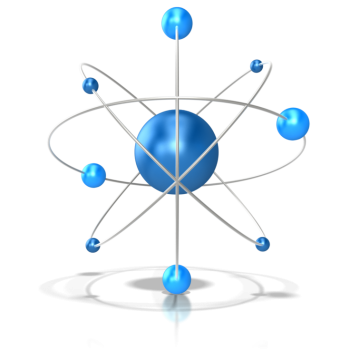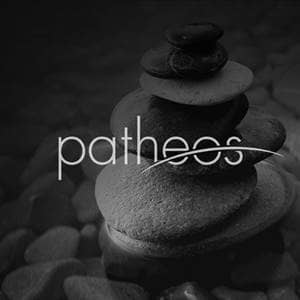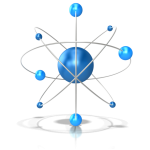So, posting has been infrequent of late. But on the plus side, that means I have a huge backlog of fantastic research to share with you. To get it cleared, I’m going to try a new approach – mixing in brief summaries of several studies in one post, as well as the usual, more in-depth articles.
To kick us off, here’s three good ones on religion and mental health.
Does prayer stop brain ageing?
A door-to-door survey in Northern Israel, older Arabic women who had their intellectual faculties fully intact tended to report praying more when they were younger than women who had Alzheimer’s disease or mild cognitive impairment. Now, you can’t really get cause and effect from memories of 20 years ago (doubly so from people who aren’t firing on all cylinders), but that does link in with other research. Interestingly, almost all the men they talked to reported praying a lot when they were middle aged, regardless of their brain functioning.
The religious delusions of schizophrenics
A study of schizophrenics has found that their religious delusions were different in nature from their regular delusions – they tend to have more grandiosity and be linked to anomalous mood states. The researchers think that this might be why they are more difficult to treat.
A mystery to medical science?
Patients with ‘medically unexplained symptoms’ have symptoms and complaints with no apparent cause – at least as far as their doctor can discern. In a survey of doctors in the USA, two thirds thought that these unexplained symptoms probably reflect a disease that simply is not understood by medical science (i.e. they have a physical explanation). But the remaining one-third believe they reflect spiritual problems. Interestingly, psychiatrists are the least likely to resort to spiritual explanations – perhaps because they tend to be less religious than other physicians
 This article by Tom Rees was first published on Epiphenom. It is licensed under Creative Commons.
This article by Tom Rees was first published on Epiphenom. It is licensed under Creative Commons.













